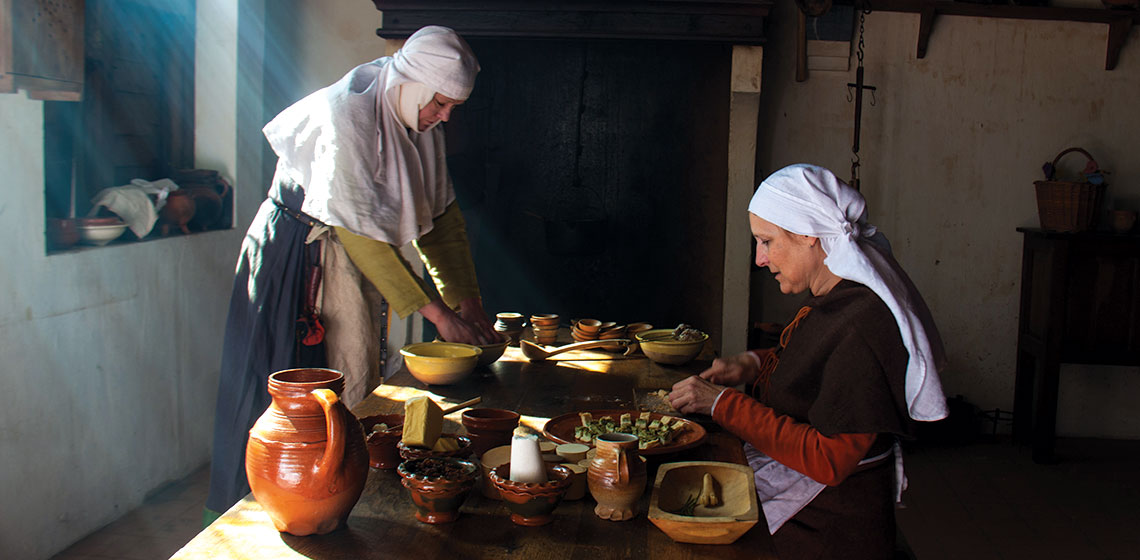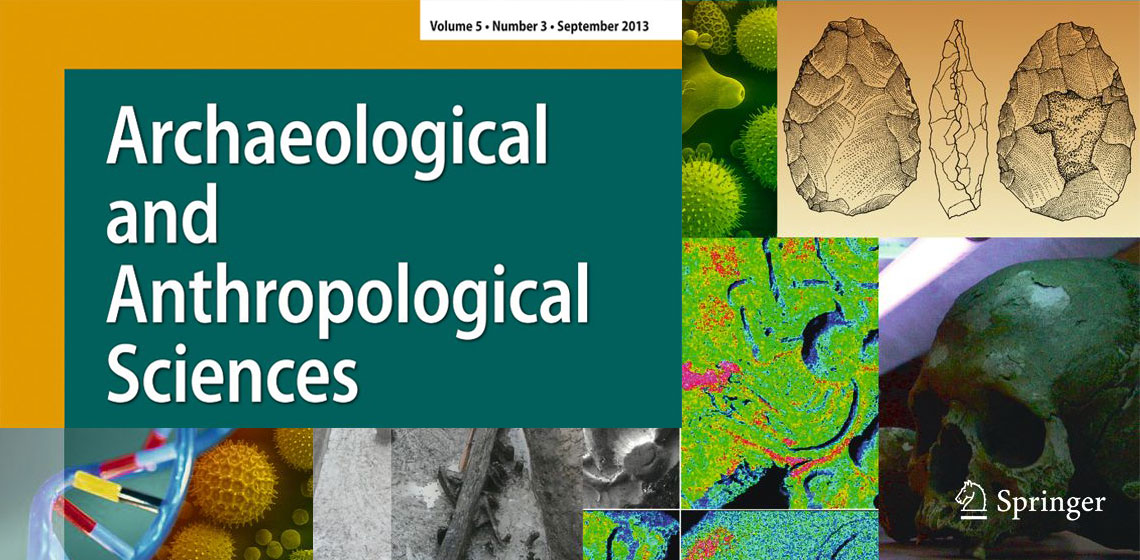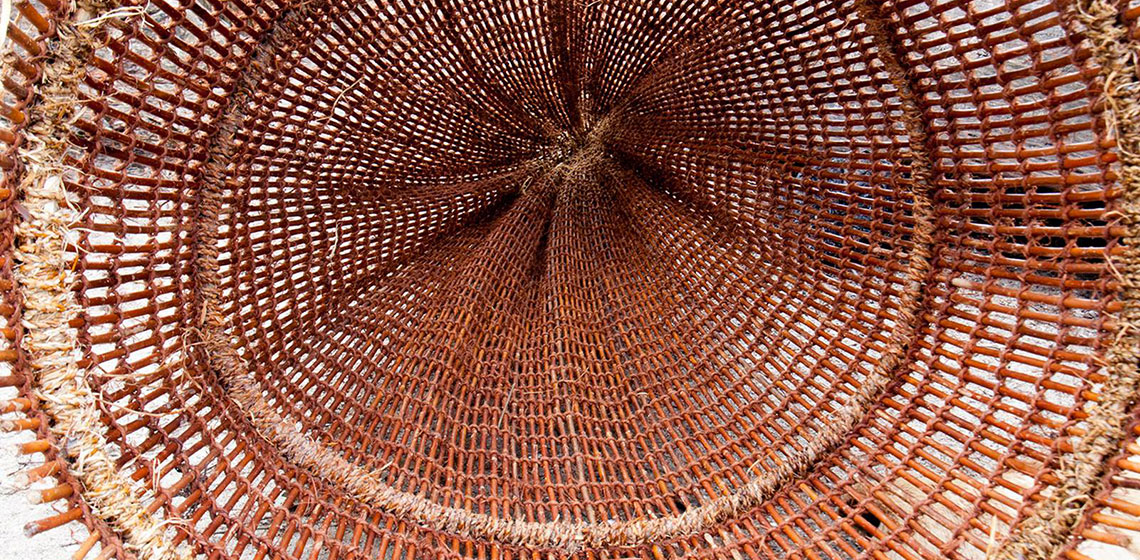Together with the Bushmen the Damara belong to the oldest nations in Namibia. Their original culture was a mixture of an archaic hunter-gatherer culture and herders of cattle, goats and sheep. Due to their loose social structures the Damara were not able to defend themselves against aggressors during the colonization of Namibia. This is one of the reasons why their culture has to a great extent fallen into oblivion.
Within the framework of the Living Museum of the Damara an attempt was made to reconstruct the “lost culture” of the Damara. Here the visitors have the unique opportunity to get to know the fascinating traditional culture of the Damara, thus contributing to the preservation of the culture as well as to a regular income for the Damara community that built the museum.
The museum is member of the Museums Association of Namibia; the LCFN is member of EXARC.









